Class Aves
Order Gruiformes
Grus—Cranes // Grus americana—Whooping Crane // Grus canadensis—Sandhill Crane // Grus pagei—Page's Crane // Rallidae—Rails
The cranes are spectacularly large, long-legged and long-necked birds, with two species historically in our region. The Whooping Crane was reported in the 1800s in the Rio Grande Valley (Ligon 1961); current occurrence at Bosque del Apache is from introductions. In 1958, the total population of this bird was down to 32 in the wild and six in captivity (Ligon 1961). The population number has since climbed to several hundred. The Sandhill Crane remains common.
Although related morphologically to the cranes, the rails differ in their smaller size, secretive manner, and dependence on aquatic vegetation for concealment and nesting.
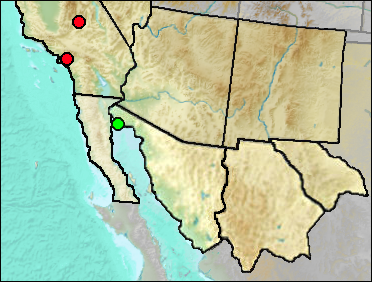
Sites.
Irvingtonian: El Golfo (Croxen et al. 2007).
?Late Irvingtonian/Rancholabrean: Emery Borrow Pit (Jefferson 1991a).
Late Wisconsin: China Lake (Jefferson 1991a).
Literature. Croxen et al. 2007; Jefferson 1991a.
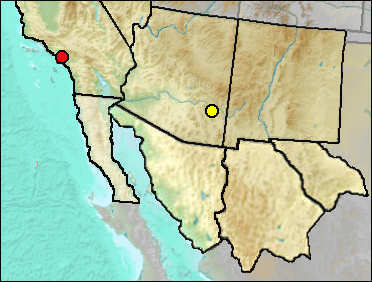
The Whooping Crane (Grus americana), once present in the thousands during migration, has been identified at few sites in the fossil record of our region, though specimens from Rancho La Brea are relatively common.
Sites.
Late Blancan: 111 Ranch (Cracroft 1968).
Mid/Late Wisconsin: Rancho La Brea (Stock and Harris 1992).
Literature. Cracroft 1968; Stock and Harris 1992.
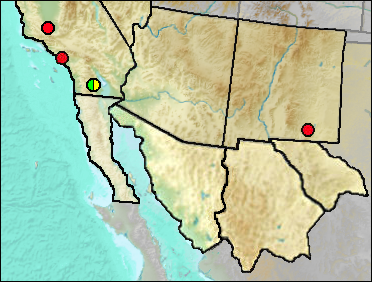
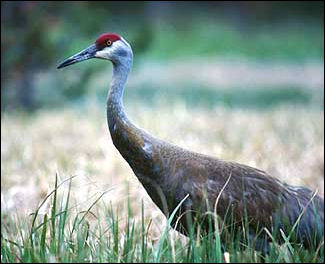
Synonyms. Grus minor.
Sandhill Cranes winter in much of central and southern New Mexico and California where water is available. During migration, they may appear almost anywhere.
Fig. 1. Sandhill Crane. Photograph courtesy of the U.S. National Park Service.
Sites.
Late Blancan/Irvingtonian: Anza-Borrego Desert (Jefferson 2006)
Mid/Late Wisconsin: Rancho La Brea (Stock and Harris 1992).
Late Wisconsin: Maricopa (Jefferson 1991a).
Late Wisconsin/Holocene: Burnet Cave (Schultz and Howard 1935).
Literature. Jefferson 1991a, 2006; Ligon 1961; Schultz and Howard 1935; Stock and Harris 1992.
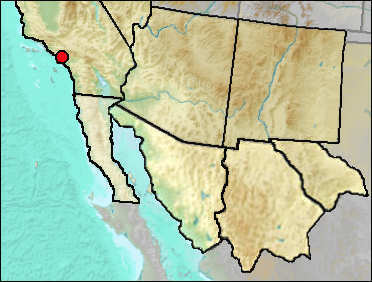
Sites.
The type locality is Pit A of Rancho La Brea. The holotype cranium represents a species of Grus much smaller than G. americana and averaging somewhat smaller than G. canadensis in all of its elements (Campbell 1995).
Mid/Late Wisconsin: Rancho La Brea (Campbell 1995).
Literature. Campbell 1995.
Last Update: 12 Mar 2014